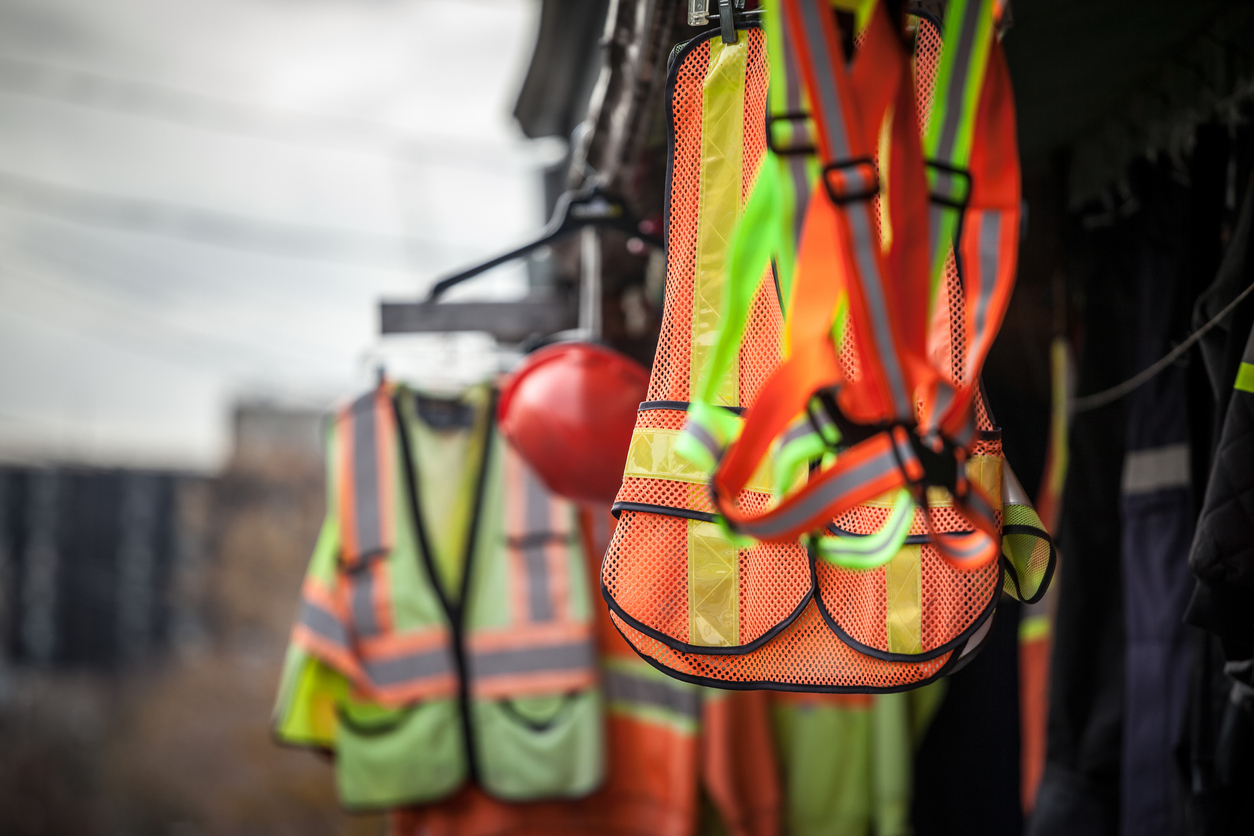TWO OFFICES IN NEW YORK CITY • Hablamos Español

New York’s personal injury law firm
Click For Your Free ConsulationNYC Personal Injury Lawyer » New York Personal Injury Blog » Working Safely in Extreme Weather in NYC
Posted in Workplace Accidents on April 12, 2022

New York City can experience extreme weather conditions: freezing temperatures and heavy snow in the winter; heat and humidity in the summer. New York can even get tropical storms and hurricanes in the fall.
Through all of these weather extremes, New Yorkers still go to work. And while you cannot prevent every workplace accident, thinking about worker safety can help you reduce your risk of a weather-related injury or illness.
Here are some suggestions for working safely in extreme weather in NYC.
An important part of worker safety comes from the regulations that employers must follow in New York. New York has many laws and regulations that protect workers from workplace hazards.
But New York tends to defer to the U.S. Occupational Safety and Health Administration (OSHA) on weather-related worker safety. This approach differs from some other states, like California, which have specific safety regulations that govern how employers should protect workers from extreme weather.
OHSA does not tell employers how to work safely in extreme weather. But it does tell employers how to protect employees from environmental hazards. Thus, the same guidelines would apply to workers in a refrigerated warehouse as those on a construction site in winter.
The following are some guidelines that employers might use in extreme weather.
OSHA has extensive fall protection resources for employers.
Fall protection guidelines cover a few areas, such as:
Employers must keep their floors clean and dry, if possible. This could mean that employers must shovel snow and salt walkways. They should also provide mops to keep slick walkways dry in rainstorms.
Employers must install guardrails on elevated workplaces, around holes, and near dangerous machinery. Employers might need to provide additional protection like harnesses or safety nets to prevent construction accidents in windy or rainy conditions.
Additionally, employers must train workers to spot falling hazards and take measures to minimize the risk posed by them.
OSHA relies on its general rule that employers must protect workers from known environmental hazards.
During the winter, employers should protect workers by:
Extreme cold can also bring environmental risks from snow and ice. Falling icicles, limited visibility, and slippery tools can cause unique safety risks to workers in wintery conditions.
OSHA also relies on its general worker protection rule for extreme heat. OSHA has begun reviewing whether it needs to supplement the general rule with regulations tailored to address extreme heat due to climate change.
Some steps recommended by OSHA to protect workers in extreme heat include:
With heat, the first line of defense comes from the workers. If they learn how to prevent and recognize heat stroke and exhaustion, they can stop it before it causes injury or death.
Workers and employers must work together to create safe working environments. This is nowhere more true than in extreme weather. When employers support workers with training and infrastructure, they can prevent weather-related illnesses and injuries regardless of the conditions.
However, if your employer has failed to provide a safe working environment and the conditions harmed you, contact the New York City workplace accident lawyers at Law Offices of Jay S. Knispel Personal Injury Lawyers at your nearest location to schedule a free consultation.
We have two convenient locations in New York:
Law Offices of Jay S. Knispel Personal Injury Lawyers – New York City Office
450 7th Ave #409
New York, NY 10123
(212) 564-2800
Law Offices of Jay S. Knispel Personal Injury Lawyers – Brooklyn Office
26 Court St Suite 2511
Brooklyn, NY 11242
(718) 802-1600
Recent Posts
Categories
